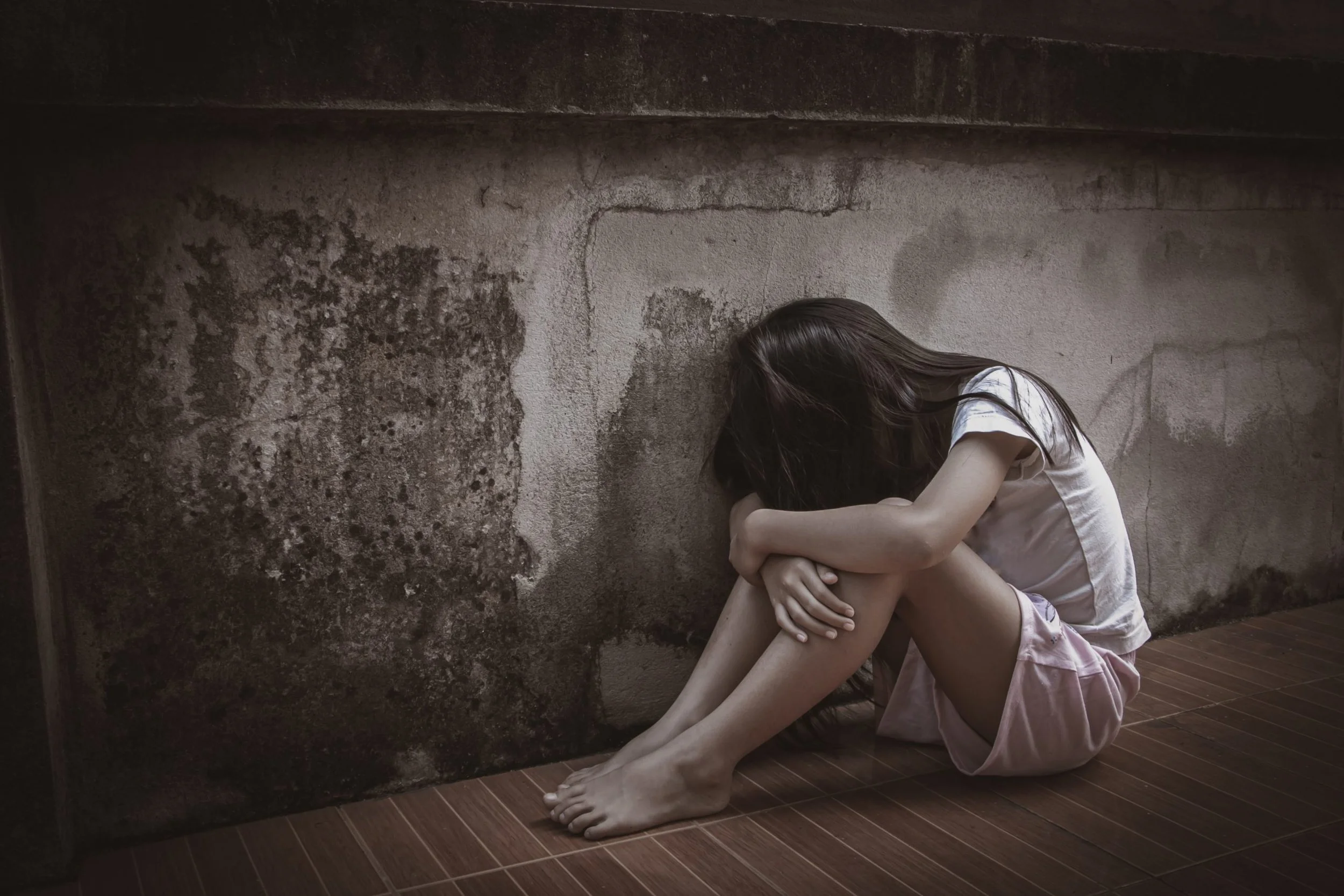Child trafficking. Sex trafficking. Human trafficking. These are boogeymen for parents much the way Stranger Danger was for us when we were growing up. Worried and curious about it, I interviewed Shelly Repp of the New Mexico Dream Center, an organization that helps rescue trafficked children.
If you haven’t seen it, you should watch it here. If you don’t have the time, below are the ten most important things I learned from that conversation.
1.Most US Trafficking Stays in the US
This isn’t true in the rest of the world, but people lured or taken for sex trafficking in the United States are rarely taken to other countries. This is where the money is. Trafficked people are brought here. There’s plenty of space to separate them from their resources, within the country, and the bad guys don’t have to navigate a national border.
2.Few Trafficked Teens and Young Adults are Taken
Although the idea of a kidnap victim forced into trafficking grabs headlines and the imagination, it’s very rare in the United States. A kidnap victim is rarely cooperative, which means they require more security and represent a greater risk. Instead, the victim is usually lured or coerced into the arrangement by a predatory person to seduces them into the relationship. Many trafficked children and teens don’t realize they’re being trafficked.
3. Sex Isn’t the Only Kind of Trafficking
Teens and adults are also trafficked to work in construction, food service, farm labor, as domestic servants, and in similar jobs for free or far below pay. Trafficking is about making a profit by whatever means are possible, and sex is only one way.
4.Most Runaways Are Approached by a Trafficker Within 48 Hours
There’s not much else to say about this. If your teen runs away, the chances are they will be lured by a trafficker almost immediately. The trafficker will offer food, drugs, comfort, and a place to stay. It’s after that initial attraction that the abuse and slavery begins.
5. Many Trafficked Teens are Lured In Online
Sometimes, the runaway is approached before the 48 hours even begins. Online predators know how to spot kids who are unhappy at home, who feel ostracized and hopeless. They form a relationship online, and turn that into a real life meeting. After that, it’s usually not hard for them to gain mental and physical control of a troubled teen.
6. The Overwhelming Majority of Trafficked Children Were Abused at Home
I don’t have the words to adequately describe how sad and angry this makes me. On the bright side, it gives us a strong way to keep our kids from being trafficked. Uh…don’t abuse them. And if you are abusing your children, get the help you need right now to stop.
7. Trafficked Teens Have Limited Recourse
The law has not caught up with the reality of being a trafficked teen or young adult, meaning that a victim of sex trafficking can be easily fooled into thinking they’ll go to jail for what they’re forced to do. In some unenlightened areas, this is even true. It makes it hard for these already trapped people to even consider getting out.
8. Your Best Defense Against Trafficking is Open, Honest Communication
Because the overwhelming majority of trafficked teens and children are runaways, we can protect them by maintaining an environment at home where they feel loved, welcome, and safe to share their concerns with us. Those lines of communication are how we can spot potentially dangerous relationships, or mental health issues, that could leave them vulnerable to predators who might try to lure them away.
9.Pornography is Strongly Linked With Sex Trafficking
Much of the pornography produced across the world uses models who are the victims of sex trafficking. I’m not here to talk about the morality of porn as a general concept, but this is a sad fact of that industry in the current century. Do with that information what you will.
10. If You Suspect Trafficking, Call the Police
A well-meaning person who suspects trafficking sometimes thinks to call a teen or women’s shelter. Shelley tells us the right move is to call the police. Cops can be there in minutes, whereas the shelter has to start a bureaucratic process. When somebody is being trafficked, faster help is better help

